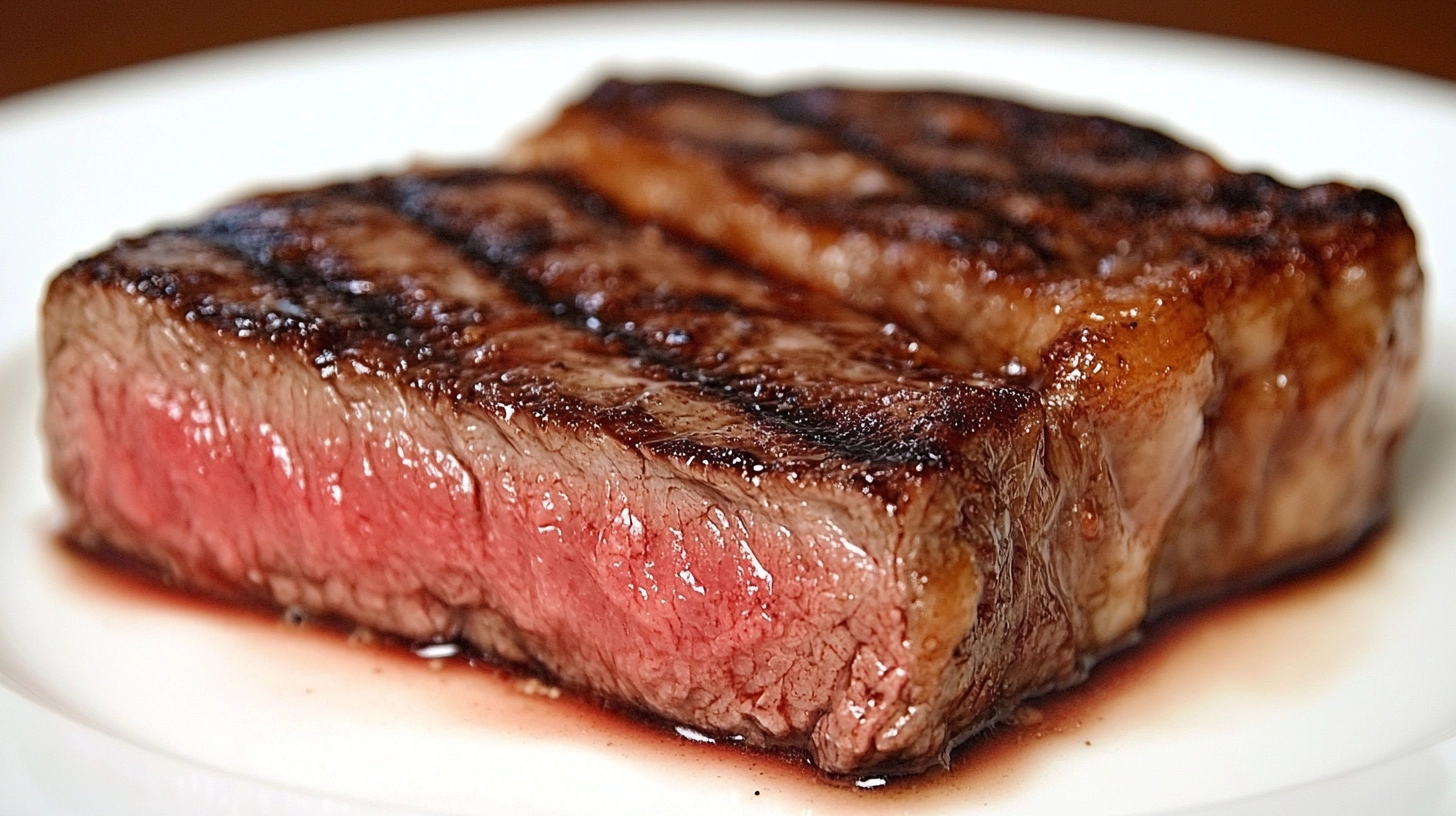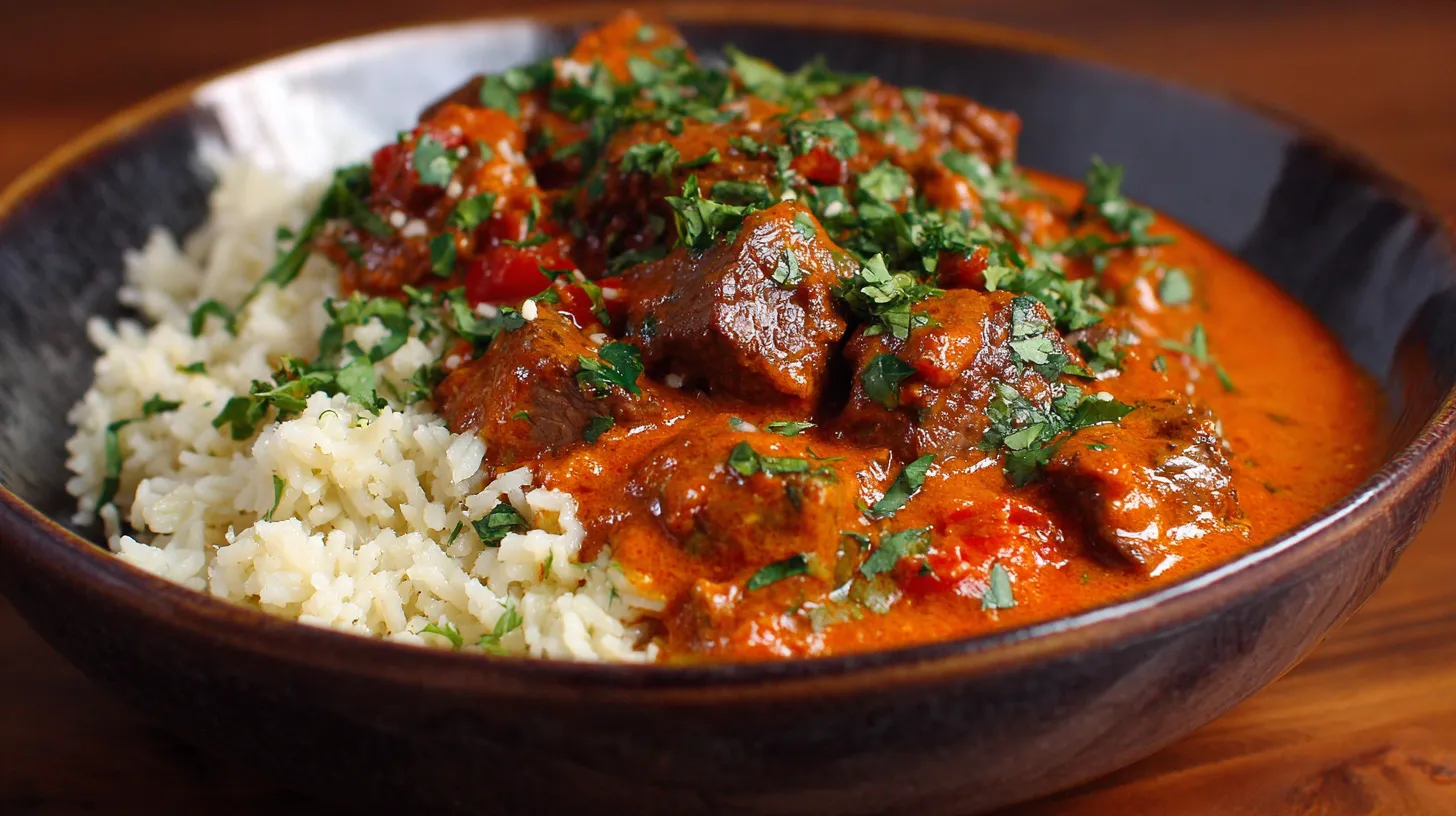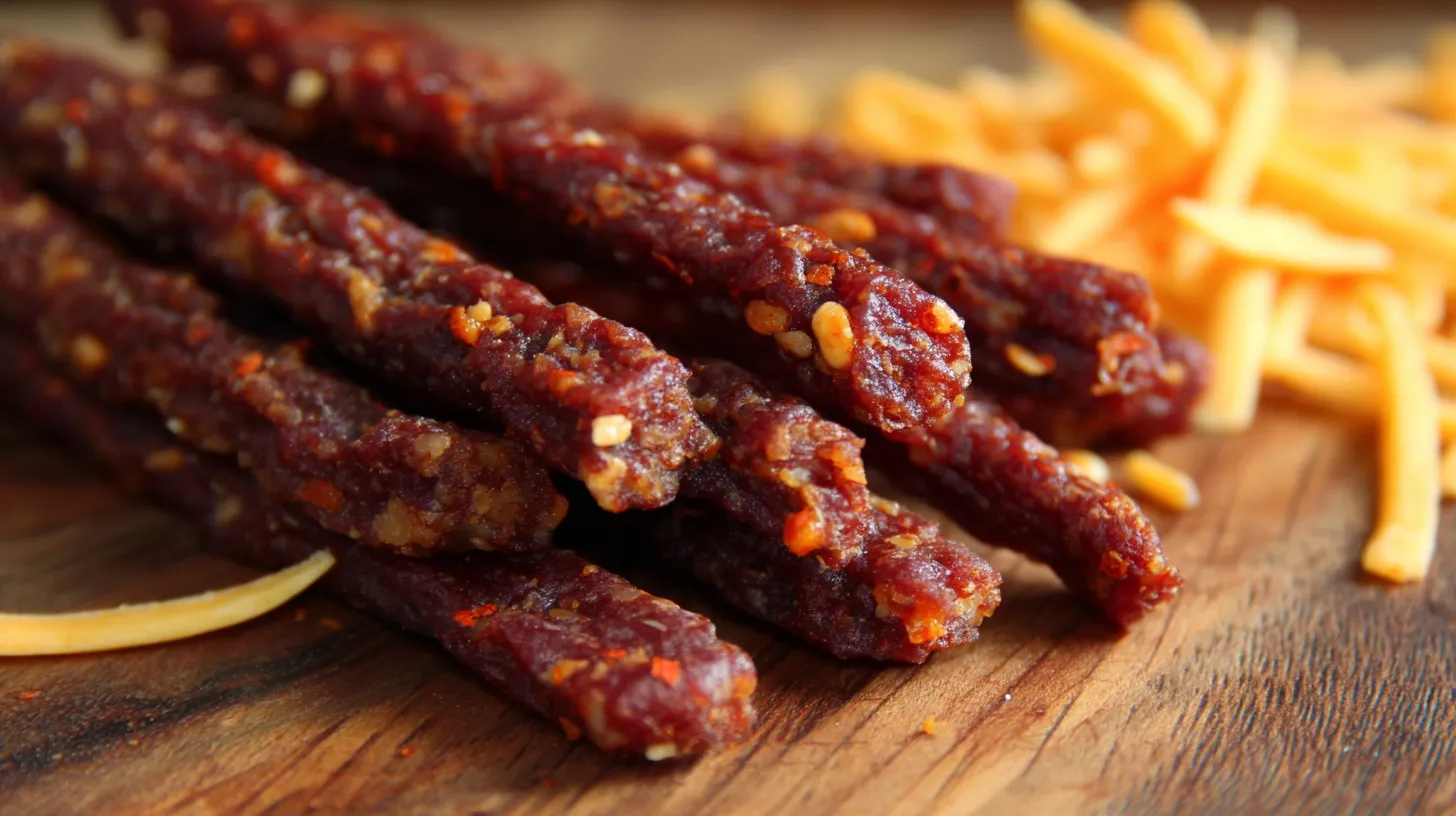What is Blue Rare Steak?
Blue rare steak is a steak cooked to an extremely rare level of doneness, characterized by a seared exterior while maintaining a raw and cool center. This preparation preserves the beef’s natural tenderness, deep red color, and signature juiciness. When done correctly, the steak offers a mouthwatering experience for those who enjoy the purest form of beef flavor.
Characteristics of Blue Rare Steak:
- Seared Exterior: A quick, high-heat sear creates a caramelized crust through the Maillard reaction.
- Cool Center: The interior remains raw and cool, with minimal heat penetration.
- Deep Red Color: The steak retains its natural red hue in the center.
- Soft Texture: The lack of prolonged heat treatment keeps the texture tender and buttery.
Choosing the Best Cut for Blue Rare Steak
Not all cuts of beef are suitable for blue rare preparation. The quality of the meat is crucial, as the raw center highlights the flavor and texture of the beef.
Recommended Cuts:
- Filet Mignon: Known for its tenderness and low fat content.
- Ribeye: Offers rich marbling and a beefy flavor.
- New York Strip: Balances tenderness with a robust taste.
- T-Bone or Porterhouse: Combines tenderloin and strip steak for a dual experience.
- Wagyu Beef: Renowned for its marbling and melt-in-your-mouth texture.
Factors to Consider:
- Grade: Choose prime or high-grade beef for the best results.
- Marbling: Opt for cuts with fine intramuscular fat for enhanced flavor.
- Thickness: Steaks should be at least 1 to 1.5 inches thick to ensure a proper sear without overcooking.
Preparing the Perfect Blue Rare Steak
The preparation process for rare steak is simple but requires precision. Below are the essential steps to achieve perfection.

Ingredients:
- High-quality beef steak
- Salt and cracked black pepper
- Olive oil or beef tallow
- Optional: Garlic butter or herb butter for finishing
Tools:
- Cast Iron Skillet: Retains and distributes heat evenly for a perfect sear.
- Meat Thermometer: Ensures precise internal temperature control.
- Tongs: For flipping the steak without piercing it.
- Resting Plate: Allows carryover cooking and juices to redistribute.
Step-by-Step Cooking Instructions:
- Bring to Room Temperature: Allow the steak to sit at room temperature for 20–30 minutes. This ensures even cooking and prevents the center from being too cold.
- Season Generously: Pat the steak dry with a paper towel. Season both sides with salt and cracked black pepper. This enhances the flavor and aids in crust formation.
- Heat the Skillet: Place a cast iron skillet over high heat until it’s smoking hot. Add a small amount of olive oil or beef tallow.
- Sear the Steak:
- Place the steak in the skillet and press gently to ensure full contact with the surface.
- Sear for 45–60 seconds per side, just enough to form a crust without cooking the interior.
- Use a Meat Thermometer: The ideal internal temperature for rare steak is around 115°F. A quick read thermometer helps ensure accuracy.
- Rest the Steak: Remove the steak from the skillet and let it rest for 2–3 minutes. This allows the juices to settle.
- Serve and Enjoy: Slice the steak against the grain to maximize tenderness. Serve with accompaniments such as garlic butter, sea salt flakes, or a simple chimichurri sauce.
The Science Behind Blue Rare Steak
Blue rare steak is more than a culinary preference; it’s a reflection of the science behind meat cooking and preservation.
Maillard Reaction:
The Maillard reaction is responsible for the rich, caramelized crust on the steak. This chemical reaction occurs when amino acids and sugars in the meat interact at high temperatures.
Protein Denaturation:
While the interior remains largely raw, the exterior undergoes protein denaturation, creating a contrast in texture and flavor.
Juiciness and Fat Rendering:
Minimal cooking preserves the natural juices and fat content, ensuring a tender and flavorful bite.
Food Safety Considerations
Cooking steak to a blue rare level requires attention to food safety, particularly because the interior remains raw.
Tips for Safe Preparation:
- Source High-Quality Beef: Purchase from reputable suppliers who prioritize proper handling and hygiene.
- Avoid Cross-Contamination: Use separate utensils and surfaces for raw and cooked meat.
- Clean Cooking Equipment: Ensure the skillet and other tools are clean before use.
- Proper Storage: Keep beef refrigerated until just before cooking.
The Blue Rare Steak Experience
Blue rare steak is often associated with fine dining and gourmet experiences. Its preparation emphasizes simplicity, allowing the natural quality of the beef to shine.
Flavor Profile:
- Beefy and Umami: The raw interior highlights the pure flavor of the beef.
- Caramelized Crust: Adds complexity and a hint of smokiness.
Texture:
- Soft and Tender: Almost melt-in-your-mouth.
- Juicy: Retains natural moisture and fat content.
Pairing Suggestions
The right accompaniments can elevate the rare steak experience. Here are some classic pairings:
Side Dishes:
- Sautéed mushrooms
- Caramelized onions
- Roasted vegetables
- Creamy mashed potatoes

Sauces:
- Chimichurri
- Béarnaise sauce
- Horseradish cream
Beverages:
- Sparkling water or herbal teas
Cultural Significance of Blue Rare Steak
Blue rare steak is a testament to the artistry of cooking. It reflects the values of simplicity, precision, and respect for ingredients.
Steakhouse Tradition:
Many high-end steakhouses offer blue rare steak as a nod to purist diners.
Chef’s Expertise:
Achieving the perfect sear requires skill, making it a mark of culinary expertise.
Conclusion
Blue rare steak is more than just a meal—it’s an experience that celebrates the essence of premium beef. Its seared exterior, cool center, and tender texture create a unique dining sensation. Whether you’re a seasoned steak lover or curious about trying something new, mastering the art of blue rare steak is a culinary journey worth taking.
By following the techniques and insights shared in this guide, you can recreate the magic of blue rare steak in your own kitchen. Enjoy the simplicity, savor the flavors, and indulge in the unparalleled experience of perfectly cooked beef.





